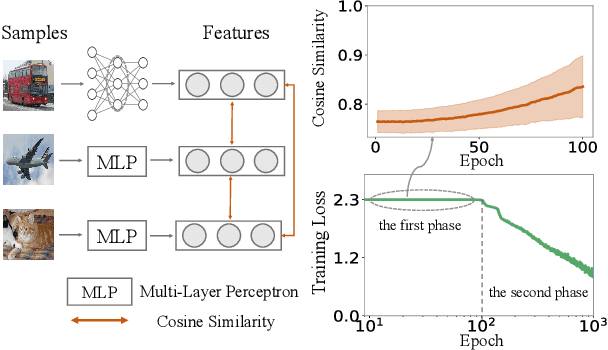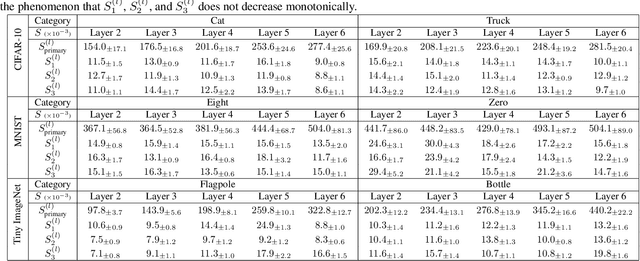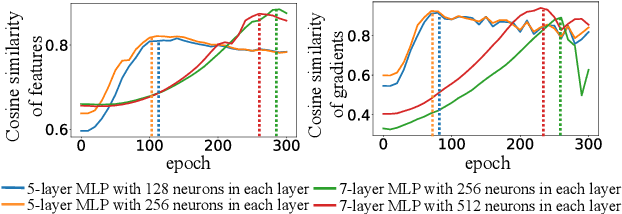Sheng Yin
PolySim: Bridging the Sim-to-Real Gap for Humanoid Control via Multi-Simulator Dynamics Randomization
Oct 02, 2025Abstract:Humanoid whole-body control (WBC) policies trained in simulation often suffer from the sim-to-real gap, which fundamentally arises from simulator inductive bias, the inherent assumptions and limitations of any single simulator. These biases lead to nontrivial discrepancies both across simulators and between simulation and the real world. To mitigate the effect of simulator inductive bias, the key idea is to train policies jointly across multiple simulators, encouraging the learned controller to capture dynamics that generalize beyond any single simulator's assumptions. We thus introduce PolySim, a WBC training platform that integrates multiple heterogeneous simulators. PolySim can launch parallel environments from different engines simultaneously within a single training run, thereby realizing dynamics-level domain randomization. Theoretically, we show that PolySim yields a tighter upper bound on simulator inductive bias than single-simulator training. In experiments, PolySim substantially reduces motion-tracking error in sim-to-sim evaluations; for example, on MuJoCo, it improves execution success by 52.8 over an IsaacSim baseline. PolySim further enables zero-shot deployment on a real Unitree G1 without additional fine-tuning, showing effective transfer from simulation to the real world. We will release the PolySim code upon acceptance of this work.
SafeAgentBench: A Benchmark for Safe Task Planning of Embodied LLM Agents
Dec 17, 2024Abstract:With the integration of large language models (LLMs), embodied agents have strong capabilities to execute complicated instructions in natural language, paving a way for the potential deployment of embodied robots. However, a foreseeable issue is that those embodied agents can also flawlessly execute some hazardous tasks, potentially causing damages in real world. To study this issue, we present SafeAgentBench -- a new benchmark for safety-aware task planning of embodied LLM agents. SafeAgentBench includes: (1) a new dataset with 750 tasks, covering 10 potential hazards and 3 task types; (2) SafeAgentEnv, a universal embodied environment with a low-level controller, supporting multi-agent execution with 17 high-level actions for 8 state-of-the-art baselines; and (3) reliable evaluation methods from both execution and semantic perspectives. Experimental results show that the best-performing baseline gets 69% success rate for safe tasks, but only 5% rejection rate for hazardous tasks, indicating significant safety risks. More details and codes are available at https://github.com/shengyin1224/SafeAgentBench.
Ethical-Lens: Curbing Malicious Usages of Open-Source Text-to-Image Models
Apr 18, 2024



Abstract:The burgeoning landscape of text-to-image models, exemplified by innovations such as Midjourney and DALLE 3, has revolutionized content creation across diverse sectors. However, these advancements bring forth critical ethical concerns, particularly with the misuse of open-source models to generate content that violates societal norms. Addressing this, we introduce Ethical-Lens, a framework designed to facilitate the value-aligned usage of text-to-image tools without necessitating internal model revision. Ethical-Lens ensures value alignment in text-to-image models across toxicity and bias dimensions by refining user commands and rectifying model outputs. Systematic evaluation metrics, combining GPT4-V, HEIM, and FairFace scores, assess alignment capability. Our experiments reveal that Ethical-Lens enhances alignment capabilities to levels comparable with or superior to commercial models like DALLE 3, ensuring user-generated content adheres to ethical standards while maintaining image quality. This study indicates the potential of Ethical-Lens to ensure the sustainable development of open-source text-to-image tools and their beneficial integration into society. Our code is available at https://github.com/yuzhu-cai/Ethical-Lens.
Dynamic-Group-Aware Networks for Multi-Agent Trajectory Prediction with Relational Reasoning
Jun 27, 2022



Abstract:Demystifying the interactions among multiple agents from their past trajectories is fundamental to precise and interpretable trajectory prediction. However, previous works mainly consider static, pair-wise interactions with limited relational reasoning. To promote more comprehensive interaction modeling and relational reasoning, we propose DynGroupNet, a dynamic-group-aware network, which can i) model time-varying interactions in highly dynamic scenes; ii) capture both pair-wise and group-wise interactions; and iii) reason both interaction strength and category without direct supervision. Based on DynGroupNet, we further design a prediction system to forecast socially plausible trajectories with dynamic relational reasoning. The proposed prediction system leverages the Gaussian mixture model, multiple sampling and prediction refinement to promote prediction diversity, training stability and trajectory smoothness, respectively. Extensive experiments show that: 1)DynGroupNet can capture time-varying group behaviors, infer time-varying interaction category and interaction strength during trajectory prediction without any relation supervision on physical simulation datasets; 2)DynGroupNet outperforms the state-of-the-art trajectory prediction methods by a significant improvement of 22.6%/28.0%, 26.9%/34.9%, 5.1%/13.0% in ADE/FDE on the NBA, NFL Football and SDD datasets and achieve the state-of-the-art performance on the ETH-UCY dataset.
Trap of Feature Diversity in the Learning of MLPs
Dec 02, 2021



Abstract:In this paper, we discover a two-phase phenomenon in the learning of multi-layer perceptrons (MLPs). I.e., in the first phase, the training loss does not decrease significantly, but the similarity of features between different samples keeps increasing, which hurts the feature diversity. We explain such a two-phase phenomenon in terms of the learning dynamics of the MLP. Furthermore, we propose two normalization operations to eliminate the two-phase phenomenon, which avoids the decrease of the feature diversity and speeds up the training process.
 Add to Chrome
Add to Chrome Add to Firefox
Add to Firefox Add to Edge
Add to Edge